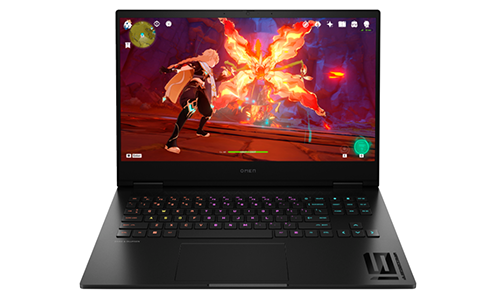Sometimes in the world of home entertainment it is easy to forget that gaming is just as popular as streaming content and traditional audio sources, including vinyl.
With titles as diverse as The Legend of Zelda: Tears of the Kingdom, Super Mario RPG, Star Wars Jedi: Survivor, and Mortal Kombat 1, there are a variety of game types driving millions of dollars’ worth of software sales, which in turn are fueling hardware sales.
For serious gamers, the topic of hardware covers many categories that range from gaming monitors and immersive audio systems to basic gaming consoles, and PCs. Of course, there is a lot of nuances in these categories. For example, does a gamer want a set of gaming headphones or a full, immersive audio system that also serves double duty as a home theater. Moreover, does a gamer want to buy an off-the-shelf gaming PC or does the hardcore gamer want to assemble and build their own custom PC that is designed for a specific type of gaming.
Gaming Monitor Specs to Know
Focusing on the topic of gaming monitors, gamers have several important specs to look at, along with the reliability track record of the product, and their loyalties to their preferred brands. Looking at a few of the important specifications to consider beyond reliability and preferred brand choices, here are a few specs that are considered important for quality video gaming experiences.
- Aspect Ratio: This term describes the shape of a screen. Common aspect ratios for gaming monitors include 16:9, which modern televisions employ, as well as 21:9, which is a cinema-like format known as Ultrawide. Ultrawide monitors can display CinemaScope aspect ratios. Common CinemaScope aspect ratios include 2.35:1, 2.37: 1, 2.39:1, and 2.40:1.
- Color Gamut: A term that relates to the number of colors a display can reproduce. There are several color gamut specifications recognized by video experts and industry governing bodies, including SMPTE. Popular color gamuts include Rec. 709, which is the color gamut for the HD video specification, DCI-P3, and Rec. 2020, which is supported by the HDMI 2.1 format.
- Display Synchronization Processing: Many gaming monitors offer these processing technologies that help synchronize the coordination between computers and displays or gaming consoles and displays to help match display resolutions. Popular display synchronization platforms include AMD’s FreeSync and NVIDIA’s G-Sync technologies.
- HDMI: High-Definition Multimedia Interface is a digital AV signal transmission format that’s included in millions of products. The latest generation of this format is HDMI 2.1 and it includes AV formats such as 8K, HDR, immersive audio. HDMI 2.1 also incorporates gaming friendly technologies like Auto Low Latency Mode (ALLM), Variable Refresh Rate (VRR), and Quick Frame Transport (QFT). Having multiple HDMI inputs can provide greater system setup flexibility.
- High Dynamic Range (HDR): HDR is a video technology that is designed to maximize the dynamics of video images. The technology increases images’ black levels; it helps to produce more saturated colors, and it improves contrast levels. Popular HDR formats include HDR, Hybrid Log Gamma (HLG), HDR10+, and Dolby Vision.
- Nits: Gaming monitors use this unit of measurement to quantify the brightness level of video displays that include display technologies such as LED, OLED, LCD, and microLED. Video experts often explain the overall brightness of an image is more important than resolution because of the way the human eye works. Higher brightness capabilities can help displays reproduce formats such as HDR to produce more dynamic, lifelike images.
- Refresh Rate: This number means the number of times a display reproduces an image frame. The higher number of frames, which is often indicated in Hertz (Hz) provides a smoother, more lifelike image.
- Resolution: This term describes the total number of horizontal and vertical lines within an image. Popular resolutions include UltraHD 4K (3840 x2160) and HD (1920×1080). Computer monitors are available in a choice of resolutions that include 2560 x1440, 2560×1080, and 3440×1440.
- Response Time: The time pixels change colors, which is measured in milliseconds (ms). The lower the number, the more responsive gaming monitors react to gaming action on the screen.
- Screen Size: Just as the term implies, the size of a video display. Over the years as display technologies have advanced, manufacturers have been able to develop more home-friendly display products. Today gamers and video enthusiasts can find display sizes ranging from 24 inches to 57 inches.
11 Gaming Monitors for Modern Gaming Activities
Acer Nitro XZ306C X Ultrawide Gaming Monitor
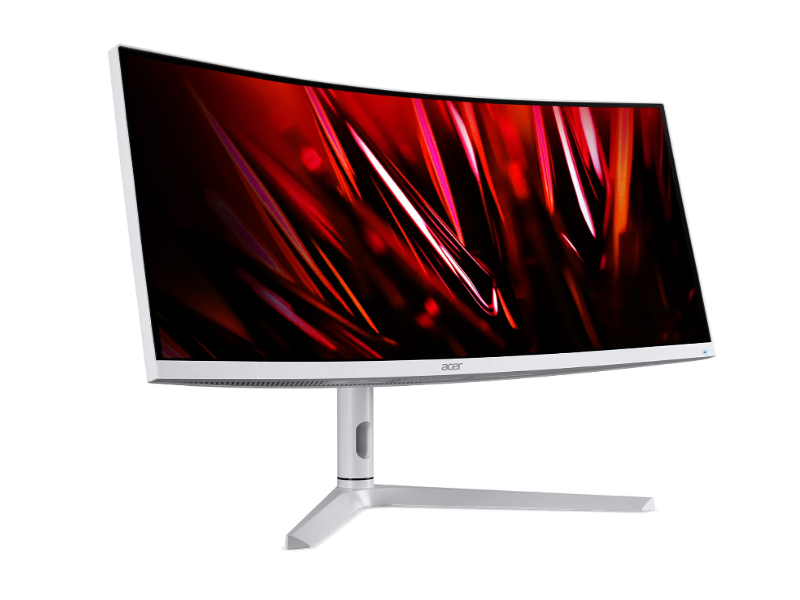
This affordable, curved widescreen monitor offers HDR compatibility, along with a 2560×1080 resolution, and AMD FreeSync Premium4. The 30-inch monitor also offers HDMI connectivity, 400 nits of brightness, and it can reproduce 93% the DCI-P3 color gamut.
Alienware AW3423DWF
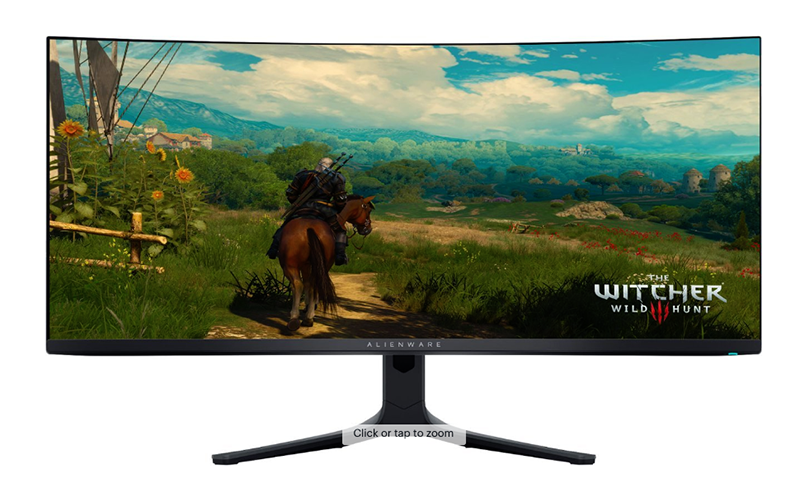
The 34-inch Alienware display utilizes Quantum Dot display technologies that help the monitor to 99% of the DCI-P3 color gamut. Alienware emphasizes the display is also capable of delivering peak brightness levels of up to 1,000 nits, and it provides processing options such as Night Vision, Clear Vision, Chroma Vision, and Crosshair.
Apple Pro Display XDR
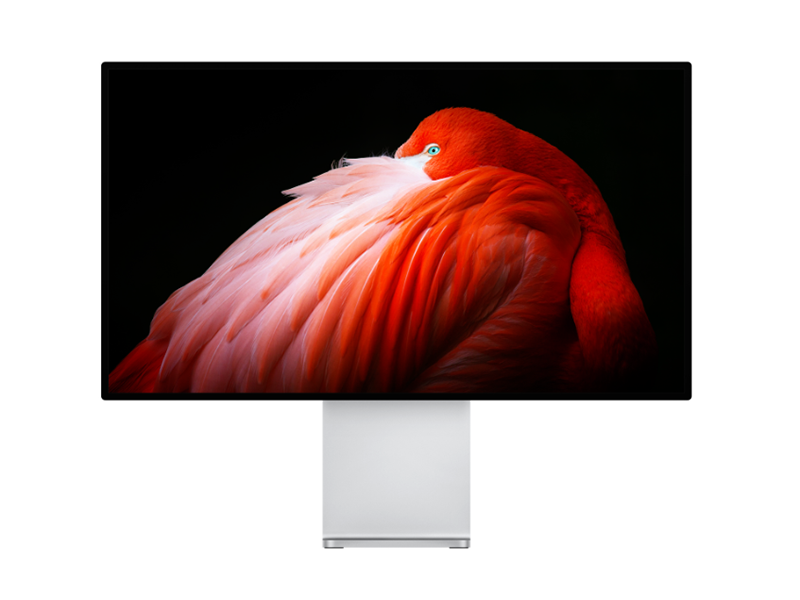
One of the more expensive gaming monitors currently available, Apple states the Pro Display XDR is a 32-inch Retina 6K solution that produces up to 1,600 nits of brightness. The display also delivers the DCI-P3 color gamut through features such as 10-bit color, and a 16:9 aspect ratio. Apple adds the display provides a resolution of 6016×3384 and HDR compatibility.
ASUS TUF Gaming VG279QL3A
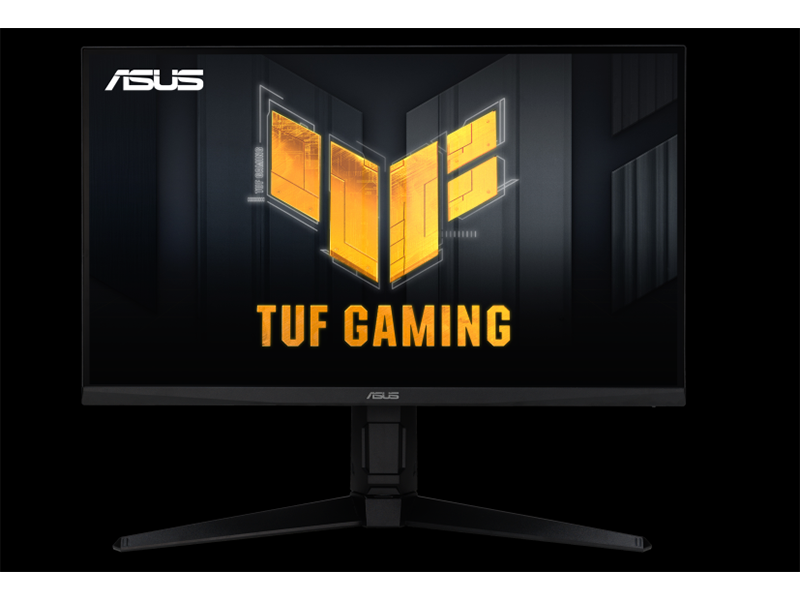
The reasonably priced VG279QL3A monitor from ASUS provides users with an HD friendly 1920×1080 resolution, as well as FreeSync Premium and G-Sync compatibility. The TUF Gaming also offers users a 180Hz refresh rate, and it supports the HDR10 format.
The ASUS TUF gaming monitor provides users with a HD resolution and a 180Hz refresh rate.
Dell S3222DGM
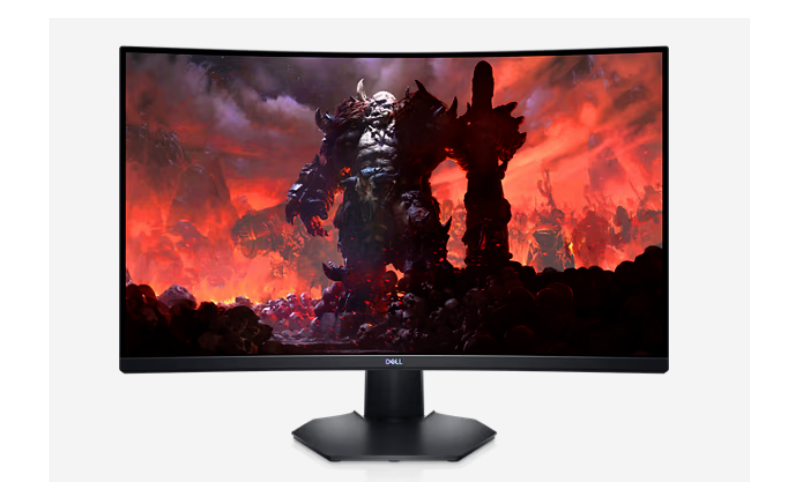
Looking at another of Dell’s gaming monitors, the Dell brand S3222DGM is a 31.5-inch QHD resolution (2560×1440) model that offers gamers performance attributes such as a 1ms response time, along with a 165Hz refresh rate. Dell also points out that its competitively priced, curved screen monitor also produces 99% of the sRGB color standard, and it provides AMD FreeSync Premium.
HP OMEN 27u Gaming Monitor
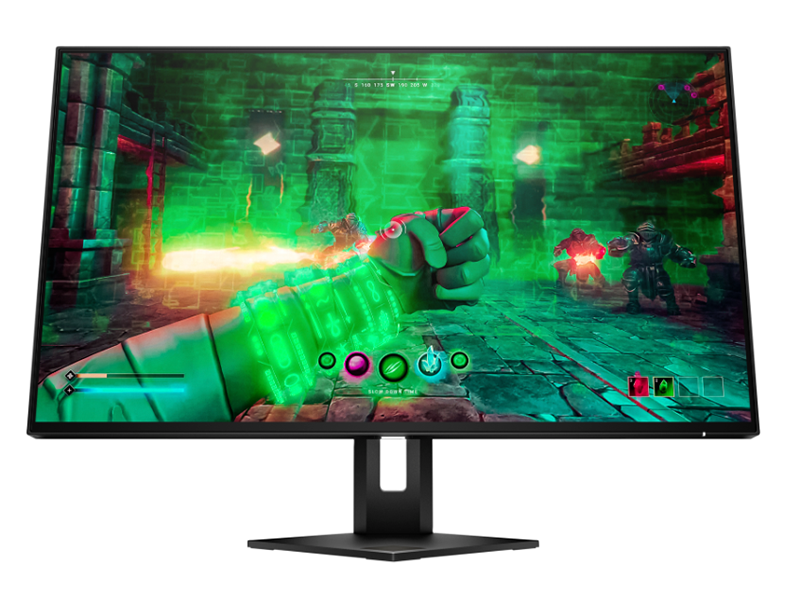
The 4K (3840×2160) resolution Omen monitor delivers brightness levels up to 450 nits and contrast levels up to 1,000:1. HP emphasizes the monitor also delivers response times as quick as 1ms, and a choice of HDMI 2.0 and HDMI 2.1 inputs.
Levono G24e-20
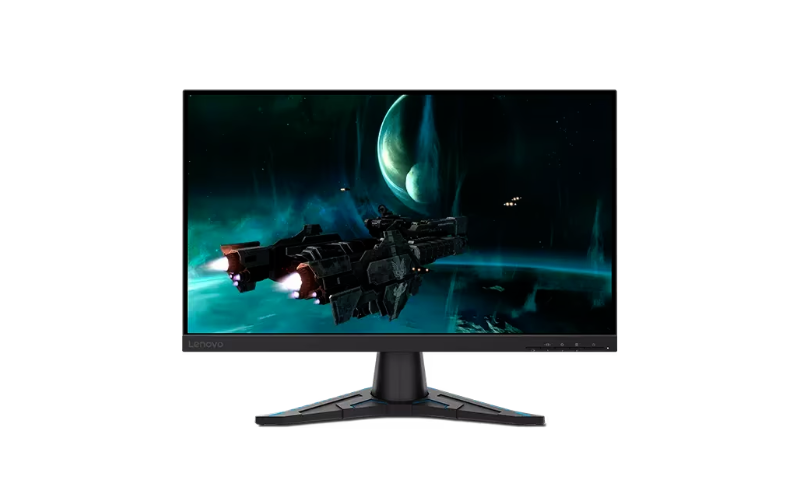
Available at retail prices of less than $150, the G24e-20 provides gamers a 24-inch screen size and a 16:9 aspect ratio. The monitor is rated to produce contrast ratios up to 3,000:1, and brightness levels up to 300 nits. Additionally, the Levono monitor delivers a 1920×1080 resolution and 100Hz refresh rates.
LG 34-inch UltraGear Curved WQHD Monitor (34GP83A-B)
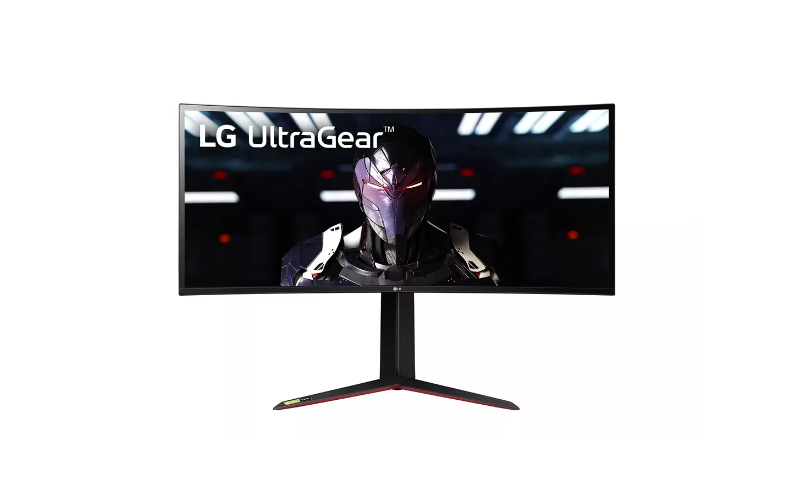
The Ultrawide LG monitor (21:9 aspect ratio) provides features such as HDMI, AMD FreeSync Premium, NVIDIA G-Sync, and HDR compatibility. The screen provides a 3440×1440 resolution, as well as the ability to produce up to 400 nits of brightness, and panel response times of as fast as 1ms. In addition, LG states the 34GP83A-B monitor produces 98% of the DCI-PC color gamut.
Samsung Odyssey OLED G6 G60SD
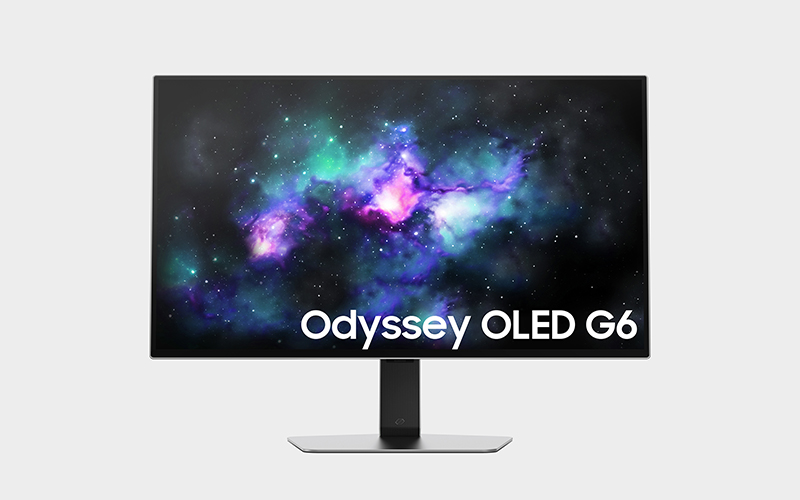
One of three new Odyssey gaming monitors the popular global company just announced, the G60SD is a 27-inch monitor that features Samsung’s high-performance OLED display technologies. The new Samsung monitor produces a 2560×1440 resolution, and a 360Hz refresh rate.
Sony INZONE M3
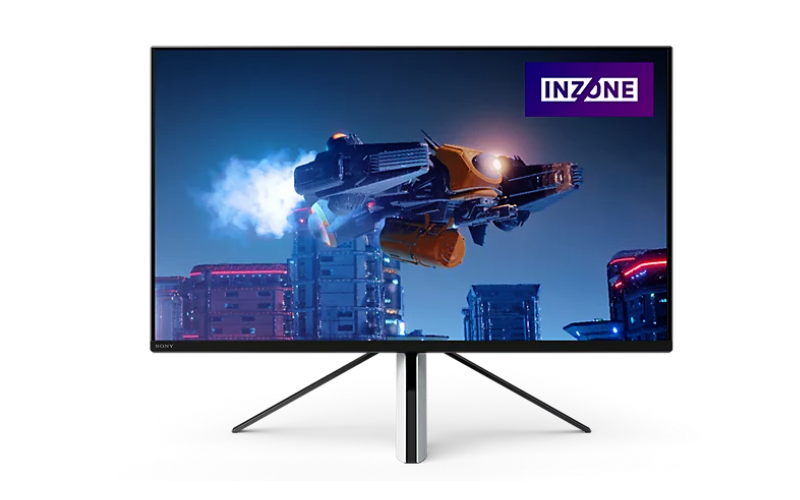
The 27-inch Sony monitor provides users a 1920 x1080 resolution, along with a 240Hz refresh rate. Sony states the INZONE M3 produces response times as fast as 1ms, and HDMI 2.1 inputs, which offers features such as Variable Refresh Rate, and support for the HDR10 and HLG HDR formats. Sony adds the display produces up to 400 nits of brightness.
ViewSonic XG321UG
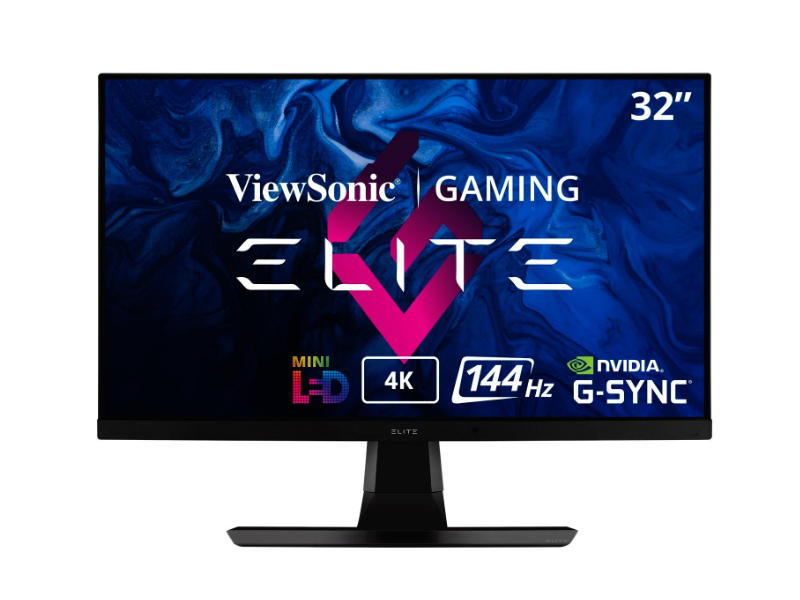
The UHD 4K (3840×2160) display is one of the most expensive gaming monitors in this list. The high-performance XG321UG produces up to 400 nits of brightness, and it provides 144Hz refresh rates. The 32-inch monitor also provides gamers a 3ms response time, as well as a 16:9 aspect ratio, three HDMI 2.0 inputs, and NVIDIA Reflex image technologies.
